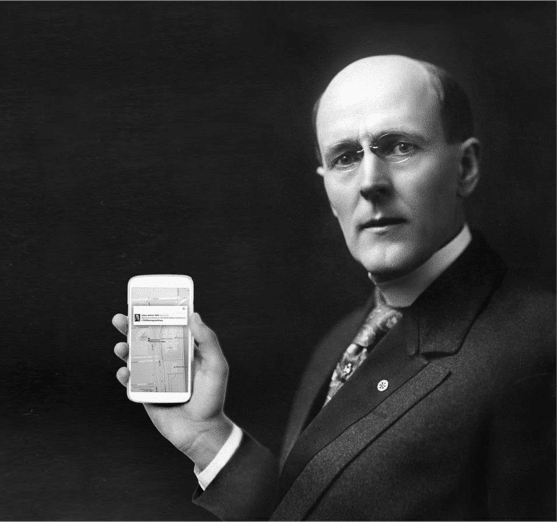When Paul Harris started Rotary on February 23, 1905 he was 36 years old. Being founded by someone who today might be termed a “Young Professional,” it would make sense that Rotary International would remain an organization of youthful members with fresh ideas just like Mr. Harris.
Unfortunately, today’s perception of Rotarians is of white haired business men who sit around and have lunch. And while this perception is grossly false, the reality is that just five percent of Rotarians are under the age of 40.
So how do we as Rotarians attract the types of younger members that founded Rotary in the first place? Well, it will take some understanding of who we’re trying to attract to our clubs as well as some cultural changes to make our clubs more appealing to a younger audience.
Younger professionals are not the “white unicorns” that many older Rotarians think they are. They want many of the same things, and have many of the same concerns as current Rotarians. They want to make a difference in their communities (77% of millennials are involved in a charity or cause), they are conscious of their finances (of millennials have canceled an association membership because of cost), and they are interested in becoming community leaders (61% of millennials and 57% of Gen Xers say becoming a leader is important to them).
The difference is the way they connect with each other and the world around them. They have grown up with digital media and use technology to connect with each other and the world. They also have seen behind the curtain and expect direct honest communication, and not to be sold to. Younger professionals value their time and expect that their efforts will produce real and lasting change.
What this means for current Rotarians, is that we need to look at our club culture and make sure, if we want to attract younger professionals, that we are providing a Rotary experience that is attractive to our community. First we should look at remaking traditions. Some traditions, like singing songs, ringing a bell, or reciting the Four-Way Test to start a meeting may be confusing and unwelcoming to guests. Another thing to look at is reducing the cost of membership. The expense of Rotary can be a big turnoff. Lower your expenses by rethinking your venue or meal. Clubs have the flexibility to meet how and when they want so it’s not the same get-together week after week. Make it a unique experience, something exciting that can’t be missed. Also, try to have at least a quarterly service project where club members do hands-on activities that make a difference in the community.
Just a few changes in our clubs and how we share our Rotary Story can make a difference in not only attracting younger members, but in keeping some of the members whose attendance has lapsed or that just aren’t getting out of Rotary what they hoped.
“This is a changing world. We must be prepared to change with it” -Paul Harris, 1935

